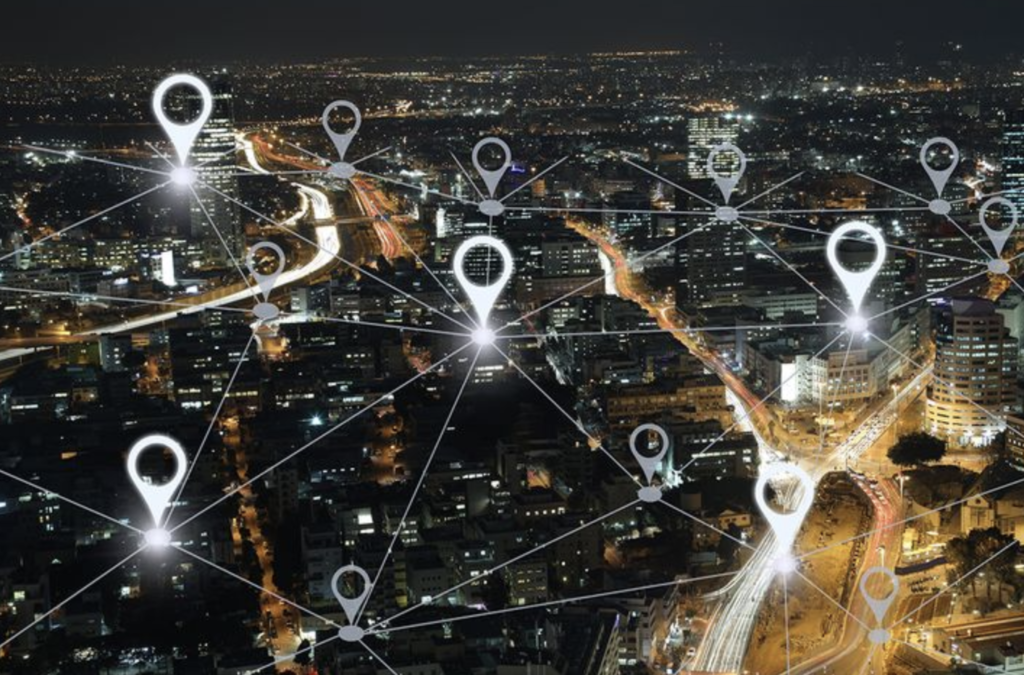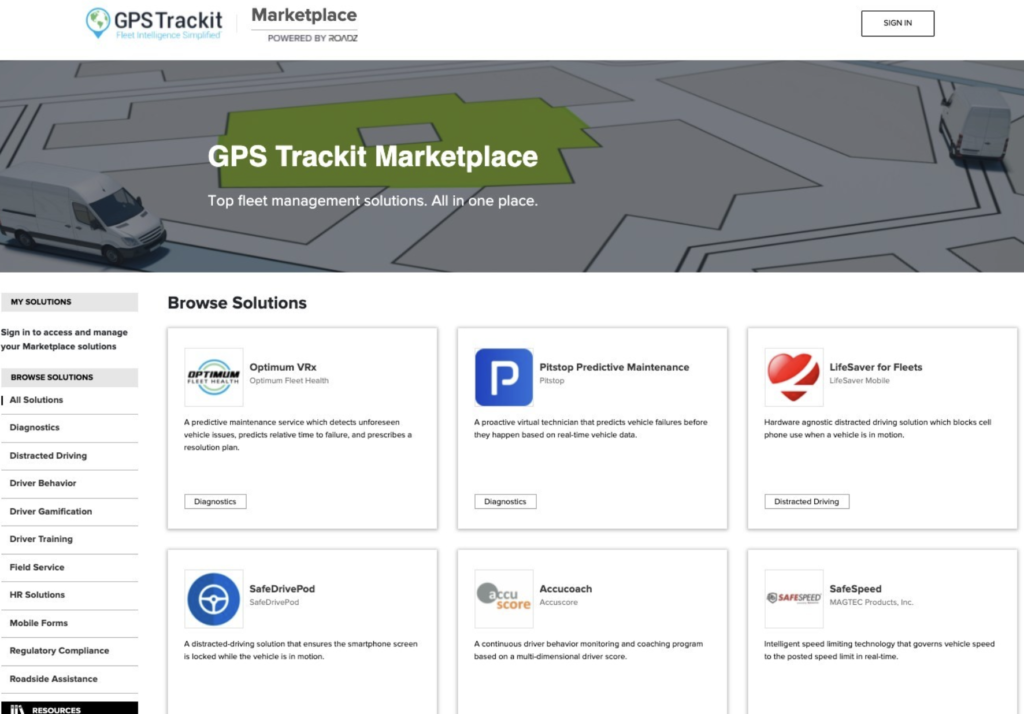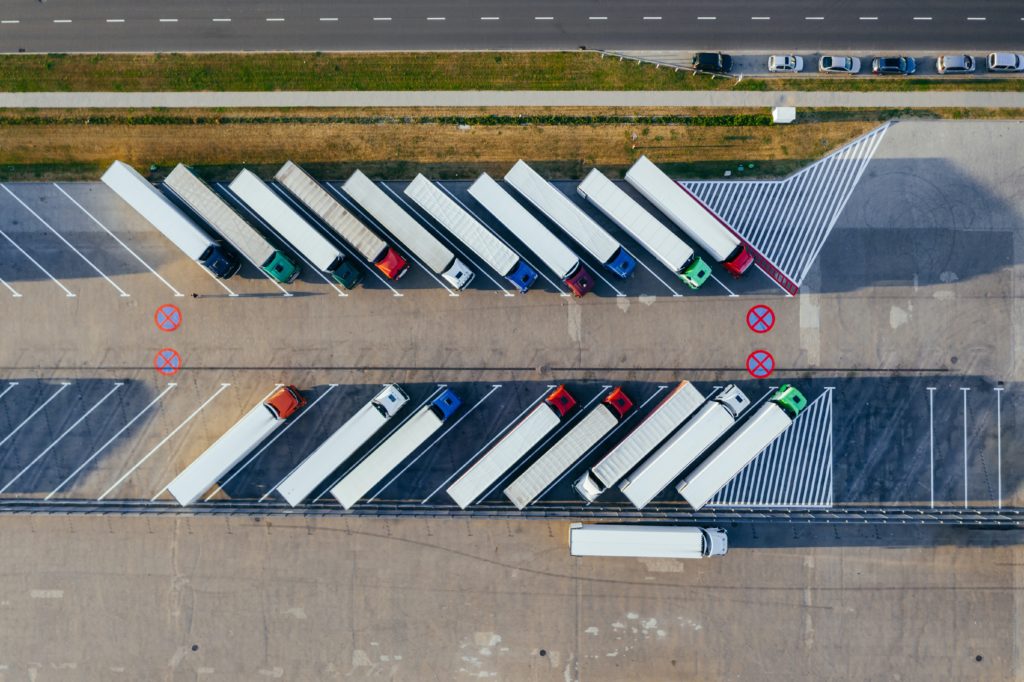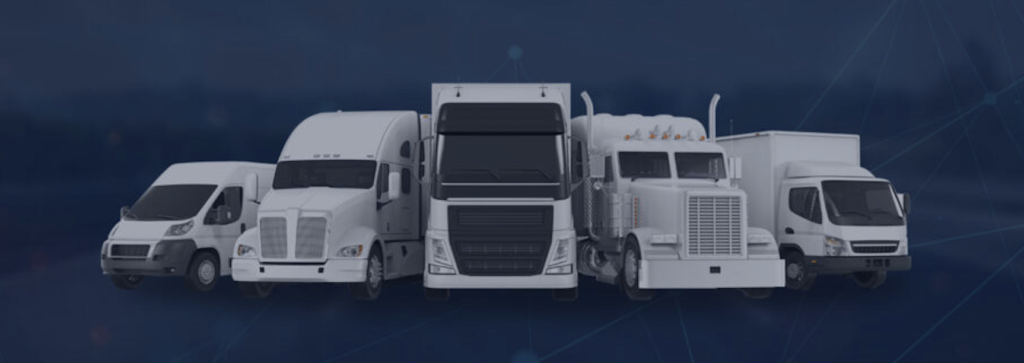Samsara’s IPO and its prospective valuation of over $11B has fundamentally changed the direction of the fleet management market. In order to understand why, we need to look at how Samsara describes its points of differentiation that have made its success possible.
Here are five points that set Samsara apart, according to their S1:
- “IoT Data Leader. We believe that the quantity and diversity of IoT data types on our Connected Operations Cloud, together with the analytic insights that we provide our customers, differentiate us in the market.”
Let’s look at this first point: Samsara has broadened its playing field from fleet tracking and management into what they call an ‘organization’s physical operations’ encompassing equipment monitoring and site visibility which, Samsara asserts, represents industries responsible for 40% of the global GDP. Samsara was able to build some of the sensors required for those broader use cases, but as evidenced by its S1, they realized their cloud platform needed to support 3rd-party sensors such as those installed by vehicle OEMs or various other aftermarket sensors.
Providers that want to follow in Samsara’s footsteps will need to broaden their services and help different organizations manage their complex physical operations. For that they will need the ability to support a broader set of data sources and data types beyond those generated by their own sensors. Furthermore, in order to help organizations understand and optimize their operations, providers will need to be able to ingest, store, and use many other data types beyond sensor data, such as analytics generated by 3rd-parties, financial information, safety records, HR information, and more. Platforms such as the ROADZ open platform that were built to support flexible and easy associations between different data types related to the physical world will help providers achieve those goals.
2. “Single Integrated Platform. Our integrated platform brings together data from across an organization’s physical operations including fleets, equipment, and sites to give customers a digital, actionable view of their physical operations in one place. This single pane of glass is designed to deliver extensive insight into a customer’s end-to-end physical operations.”
Samsara has taken a first step to address one of the biggest problems in the market – the need for a single pane of glass. Organizations are using a large number of technologies from different providers, each with their own separate dashboard. Fleet managers and operations managers are struggling to gain visibility into their organization’s operations across those siloed solutions.
The ability to provide a single pane of glass with datasets from multiple sources, including those from a large number of 3rd-party vendors, will be key to the success of providers and their customers. ‘Ready-made’ unified interfaces with pre-integrated solutions such as those provided by the ROADZ open platform will be key in addressing that pressing need.
3. “Extensible Technology Platform… Our Data Platform is deployed across a wide variety of industry verticals and integrated with third-party applications such as enterprise resource planning, payroll, and human capital management applications, extending the impact of IoT data to customers’ existing applications.”
The utilization of connected vehicle and IOT data by enterprise technology solutions brings with it huge opportunities, but it is still in its infancy. The large number of data sources multiplied by the huge number of solutions that could use the data make it a difficult problem to solve. Organizations coming from different industry verticals have different needs and request different integrations, making it even harder for solution providers. With its extensive financial resources, Samsara was able to integrate with approximately 100 third-party solutions out of tens of thousands in the market. Most providers don’t have the resources and focus to even do that. The future of integrations lies in data normalization achieved through open ecosystems and connective tissues like the ROADZ open ecosystem, allowing providers to integrate once and connect with many.
4. “Innovation Flywheel. We constantly innovate to improve our customers’ operations. We have a culture of innovation, which is evidenced by our release of more than 200 features in the past fiscal year.”
With the current pace of technological developments, innovation is one of the keys to success– and Samsara has done a good job at it. But in order to be ahead of the game, technology providers need to find a way to harness innovation beyond their own four walls. As Marc Benioff, Salesforce CEO, had put it when referring to the benefits of the Salesforce AppExchange, “Building an ecosystem is about acknowledging that the next game-changing innovation may come from Silicon Valley or from a programmer based halfway around the world. A company seeking to achieve true scale needs to seek innovation beyond its own four walls and tap into the entire universe of knowledge and creativity out there.” Open ecosystems such as ROADZ play a key role in enabling companies to tap into the pool of innovation out there.
5. “Partner Ecosystem. Our Connected Operations Cloud serves as the central hub for a robust ecosystem of partner connections. Our ecosystem includes over 125 third-party integrations in the Samsara App Marketplace, a portal through which customers can connect our Applications to external applications.”
Samsara is not alone in this. Partner ecosystems and marketplaces with pre-integrated solutions are starting to pop up and are redefining the market. Providing such marketplaces to customers is becoming a must in order to stay relevant. But for the majority of providers, even the largest ones, building ecosystems of third-party solutions on their own might not be a suitable course of action due to the immense amount of product development, business development, legal, and management resources it takes to scale up such an undertaking. Trying to build such a marketplace on your own means shifting resources and focus away from your core products and investing years of effort and millions of dollars into something that is not your core expertise. The ROADZ ‘Ecosystem in a Box’ platform is already helping companies launch their own partner ecosystems within weeks rather than years, with no upfront cost.
The Bottom Line
So what sets Samsara apart? It’s their ability to provide their customers a unified environment that solves a broader set of problems. It’s their open ecosystem and marketplace of third-party integrated solutions available through a single pane of glass. Samsara understood that even with $1B in capital, they could not build all the technology, software, and applications that an organization requires to manage its fleet and other physical operations. Partnering and integrating with third-party applications was for Samsara, like it was for Salesforce, no longer a nice to have, but a key to its success. As stated in their S1,”Continued growth in integrations will strengthen our ecosystem, further increasing the opportunity to attract customers that prioritize interoperability with their existing applications. We believe that additional partnerships will further enhance our distribution capabilities.”
At ROADZ we have been building our platform and strategy with a similar vision, but perhaps taking it a step further. The Roadz open ecosystem is designed to help any provider do what Samsara has done – become the center of an integrated partner ecosystem. Not just telematics providers and fleet management companies but also vehicle OEMs, tier-1 suppliers, insurance carriers, fuel card providers, and others. Given this, ROADZ is well positioned to gain access to a much broader set of data and become the ‘connective tissue’ for the industry.








